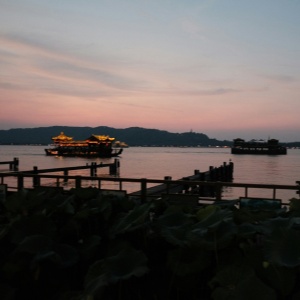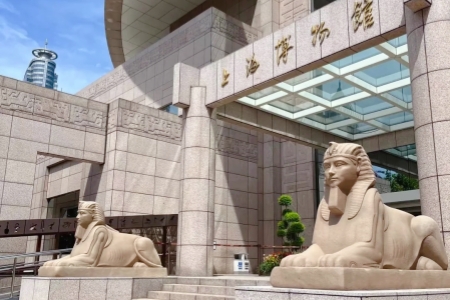Shandong, a province rich in cultural history, scenic beauty, and coastal charm, is a perfect destination for travelers seeking a blend of ancient culture and natural landscapes. Crafting the perfect travel plan for Shandong means balancing key historical landmarks, serene landscapes, and vibrant cities. Here’s how to create a well-rounded and memorable itinerary.
Step 1: Choose Your Travel Dates
The best times to visit Shandong are during spring (April to June) and autumn (September to November) when the weather is mild and pleasant for sightseeing. Summer can be hot, especially in the coastal cities, and winters are cold but offer fewer crowds.
Step 2: Plan Key Destinations
1. Qufu: Explore Confucian Heritage
Start your journey in Qufu, the birthplace of Confucius. Visit the Confucius Temple, Confucius Mansion, and Confucius Forest to immerse yourself in the rich history of Confucianism. The tranquil atmosphere and historical significance make Qufu a must-visit for anyone interested in China’s intellectual roots.
2. Mount Tai: Sacred Mountain Adventure
From Qufu, head to Mount Tai in Tai’an, one of China’s Five Sacred Mountains. The mountain is famous for its breathtaking views, ancient temples, and spiritual significance. Whether hiking to the summit or taking a cable car, Mount Tai offers a rewarding experience for both nature lovers and history enthusiasts.
3. Qingdao: Coastal Charm and Architecture
A visit to Qingdao provides a refreshing contrast to the historical sites. Enjoy the scenic coastline and beaches, explore Zhanqiao Pier, and visit the Qingdao Beer Museum, which is dedicated to the city’s famous beer. The city also boasts Badaguan Scenic Area, known for its charming colonial architecture and pleasant atmosphere.
4. Jinan: Springs and Lakes
Spend a day or two in Jinan, known as the “City of Springs.” Explore the picturesque Baotu Spring and stroll around Daming Lake, which is surrounded by lush gardens and temples. Jinan offers a peaceful break with plenty of opportunities to experience traditional Chinese landscapes.
5. Yantai and Weihai: Seaside Relaxation
For a more relaxed pace, head to Yantai or Weihai on the eastern coast. Both cities are known for their beautiful beaches, fresh seafood, and quaint coastal villages. These destinations provide a great way to unwind and enjoy the tranquil seaside.
Step 3: Transportation
Shandong is well-connected by an efficient high-speed rail system, which makes traveling between cities like Qingdao, Jinan, and Tai’an easy and convenient. In cities, you can use public transportation such as buses, metros, or taxis for getting around.
Step 4: Accommodation
Shandong offers a range of accommodations from budget guesthouses to luxury hotels. In larger cities like Qingdao and Jinan, you’ll find mid-range hotels that offer good value and comfort. Book accommodations in advance, especially during peak tourist seasons.
Step 5: Cultural Etiquette and Cuisine
Be sure to try local dishes such as Dezhou braised chicken, Jinan roast duck, and Qingdao beer. Understanding local etiquette—like greeting with a handshake and avoiding loud conversations in public—will also enhance your experience.
Conclusion
By combining cultural heritage, natural beauty, and coastal relaxation, a trip to Shandong offers something for every traveler. With careful planning, you can create a perfect balance of sightseeing, adventure, and relaxation, ensuring a memorable journey through this historic province.
Related Posts
Create Your Customized Trip
Take about 2 minutes to fill the form to tell us how you like to travel, and get a reply within 1 working day.






